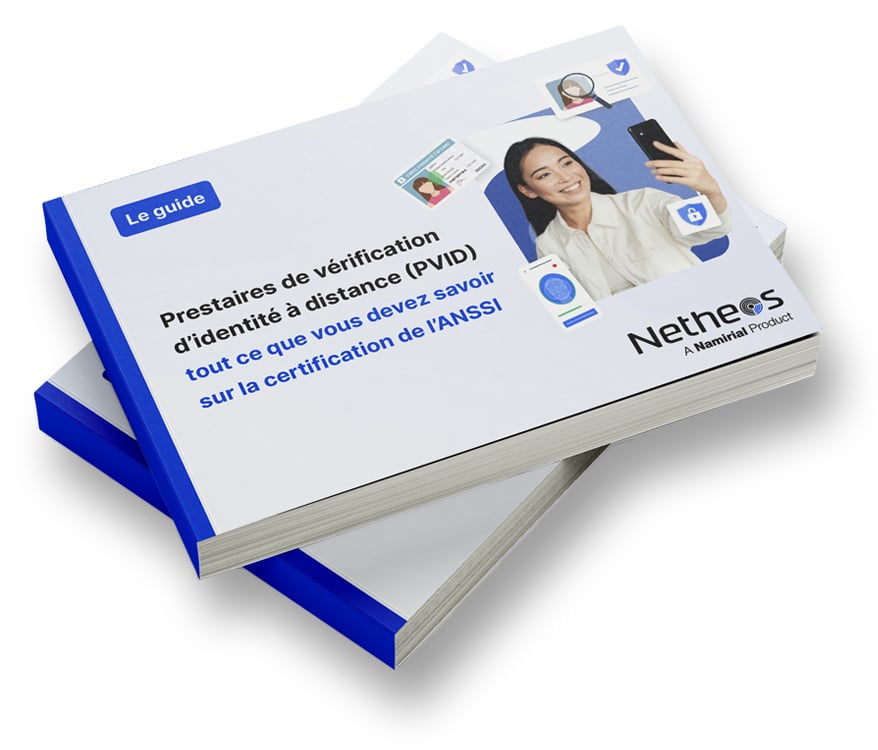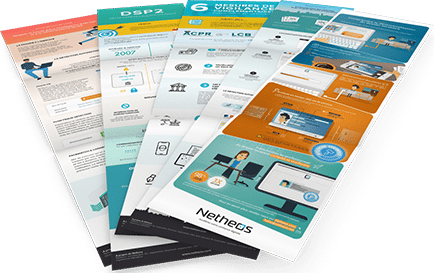If you’ve already opted for electronic signatures and a paperless customer journey, you’ve undoubtedly made substantial gains in terms of cost reduction. Even so, there are still issues for you and your customers that can have an impact on your conversion rate, such as the quality of the supporting files submitted by your customers, or fraud detection during file validation.
In the rest of this article, I’m going to present you with 3 solutions that can help you solve the problems that still arise in your customer journeys and make your customers’ experience more fluid.
Solution 1: Automate reminders for incomplete files
In contrast to the paper-based process, the digital customer journey enables you to track the progress of your customer file in real time. You can then schedule follow-up email campaigns, taking into account the age and status of the file (the point in the underwriting process at which the customer stopped). This will enable you to send your customers the most effective reminders for your conversion rate.
You can also extract at any time the list of files for which a telephone reminder would be more appropriate, based on criteria such as file progress, age or customer socio-professional category.
Solution 2: Analyze your customer files in real time
If you sell a “complex” product, i.e. one that requires the creation of a file including numerous supporting documents, your customers and your teams are faced with two main problems:
For your customers, it can be difficult to provide the proof they expect:
- in terms of image quality (blur-free, high contrast, etc.);
- in terms of the type of document (confusing the tax return with the notice, for example).
For your teams, the files received are often incomplete or non-compliant, and therefore unusable. They must then contact the customer again to request new parts. This action lengthens the subscription time and “disturbs” your customers just when they thought they’d finished with the process. Your conversion rate and profitability suffer.
Once the supporting documents have been submitted, their on-the-fly analysis enables :
- qualify the quality of the scan (to check that the document will be usable either for automatic processing or for operators);
- ensure that the document submitted is indeed the one expected, both in terms of its nature (tax notice, RIB, etc.) and its age (3 months, for example);
- check the consistency of the information on the document with that collected on the form or in the customer database (e.g. address given on a proof of address).
The user is warned in real time of any problems encountered, and can then correct them with the most precise indications possible.
The files received are then complete, compliant and usable, without the need to return to the customer at a later date.
Solution 3: Industrialize and secure your customer validations
In addition to the above controls, authenticity checks are carried out on documents, and the results are made available to your operators in the :
- detect fraud attempts;
- to meet your regulatory obligations;
- reduce the processing time for each file.
These analyses concern identity documents (natural and legal person, bank), proof of income and address. For example:
- on an identity document, the general appearance as well as the information contained in the MRZ strip are checked and allow fraudulent manipulations to be detected;
- on tax notices, the state repository is queried to ensure that the notice exists and that all its information is valid;
- for a company, its existence is directly validated online using the SIREN/SIRET and RNCS reference systems, as well as the identity of its representatives who have signed the offer.
Your employees can then devote themselves to higher value-added tasks, such as customer relations.
In addition, by tracing all the checks carried out, you ensure that your routes comply with regulations.
Conclusion
As you can see, there is an advanced digitalization of your customer paths, involving electronic signatures or not, that will enable you to go even further and increase your conversion rate, your profitability and, above all, your customers’ satisfaction.
This digitalization is based on the complementarity between your teams and the IT tools that automate processing. Your employees can then devote themselves to more rewarding and useful tasks for your company.









